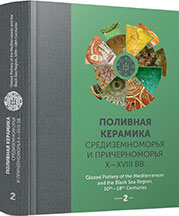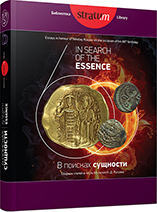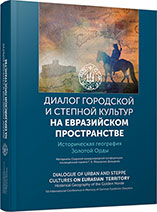
Поливная керамика с золотоордынских селищ округи Укека
The purpose of the article is to characterise the finds of glazed pottery, found on the settlements of the region of the Golden Horde city Ukek, situated in the Saratov area of the Saratov region. All described glazed ceramic wares are published for the first time; they come from L. F. Nedashkovsky’s excavations or from the casual finds. Chronologically, the settlements, and, accordingly, all published materials are dated by the second half of the 13th —14th century. Finds are represented by kashi, red-clay glazed ceramics, and fragments of luster, stamped glazed, celadon vessels, kashi buttons and tiles.
More...

